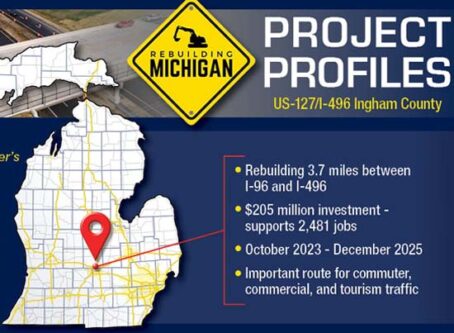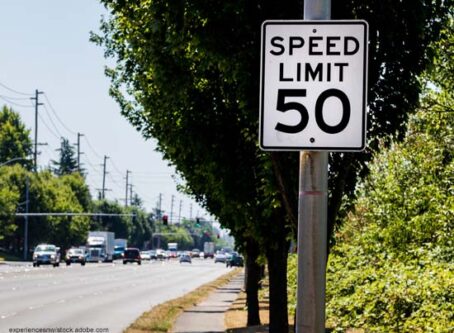Can banning left turns improve traffic congestion and safety?
Taking a left turn can often be burdensome and time consuming. One researcher suggests that removing left turns will save everyone time, money and carbon emissions.
In an article posted on The Conversation, a nonprofit organization that publishes articles written by academic experts, Dr. Vikash Gayah discussed his nearly 10 years of research on traffic flow on urban streets and transportation safety. Gayah, an associate professor of civil engineering at Pennsylvania State University, makes an argument to eliminate left turns.
One study looks into cities converting one-way downtown street networks to two-way streets. Researchers found that two-way networks serve fewer vehicles than one-way networks. However, in two-way networks where there are no left turns, vehicle trips occur at a higher rate than one-way networks. For city planners, that means converting one-way street cities to two-way streets without left turns is more efficient.
According to a 2010 National Highway Traffic Safety Administration report looking at crashes at intersections, about 40% of vehicle crashes happen at intersections.
Intersections also account for about half of crashes with serious injuries and 20% of crash fatalities. Among all crashes at intersections, more than 60% involve someone turning left.
Gayah argues that when motorists make a left turn at an intersection, they have to cross oncoming traffic, increasing the risk of a crash. This problem is mitigated with left-turn signals that stop oncoming traffic. However, that slows down the flow of traffic.
Although engineers have devised more efficient signals and configurations, Gayah posits that restricting turning left at intersections is the best solution. Several cities across the nation have already taken that measure, mostly at specific locations dealing with congestion and safety issues.
How can banning left turns be better if motorists have to go around to get to where they are going?
If motorists cannot turn left, that essentially means they have to drive further by completing additional right turns to cross an intersection. According to more research conducted by Gayah, getting rid of left turns on a grid network requires motorists to drive only one more block than they otherwise would. Gayah argues that additional block is worth the significant improvements to traffic flow.
Gayah does not propose getting rid of every single left turn. Rather, eliminating left turns is more appropriate for certain urban areas in certain settings. Which left turns can go?
“The exact answer for each city depends on how streets are laid out, where vehicles are coming from and going to and how much traffic is on the street during the busiest times,” Gayah states in the article. “But, according to our models, there is a general theme: Left-turn restrictions are more effective at busier intersections in the centers of towns or cities than at less busy intersections farther from the town center.”
UPS’s real-world “no left turns” experiment
This sounds good in theory, but will it work in practice? According to UPS, yes it will.
With such a large fleet, UPS’s massive scale makes the smallest changes a potential to save millions of dollars. In 2004, UPS implemented a new policy for delivery drivers to avoid left turns, even if that means taking several right turns to get to a destination. The company says only 10% of drivers’ turns are left turns.
Considering UPS has a lot of resources, route planning is likely top-notch. In fact, UPS built a system called On-Road Integrated Optimization and Navigation, or ORION.
“ORION is a 1,000-page, algorithmic optimization,” UPS said in a statement. “It’s a technique for faster, more practical problem solving, providing a solution for an immediate situation, even if it is neither optimal nor perfect. ORION doesn’t necessarily map the perfect route or even the best one. Rather, ORION gives UPS drivers workable routes, based on experience. It learns over time and speeds up the process. It gets smarter.”
In this case, UPS claims eliminating left turns resulted in saving 10 million gallons of fuel, about 20,000 tons of carbon emissions and the ability to deliver 350,000 more packages. Consequently, UPS has cut 1,100 trucks from its fleet. Even though individual routes are slightly longer, the significant improvement in efficiency has cut UPS’s mileage by 28.5 million miles. Furthermore, UPS estimates it has saved between $300 million to $400 million in cost avoidance.
Although individual motorists and smaller fleets will not see the benefits of not turning left, Gayah’s research indicates that collectively, it could make a significant difference for traffic flow as a whole. LL









